HUSQVARNA
Arborist Chainsaws
HUSQVARNA
INDUSTRIAL DESIGN
Year 2019
Role Industrial Design Lead
Studio Husqvarna Group (in house / SWEDEN)
New lightweight & powerful saws for arborists.
The brief for this project was to create lightweight and agile petrol chainsaw solutions ( a top & rear handle ) for our professionnal arborist segment. We had to improve durability, weight and performance issues from previous generation. Even if most of arborists work with a top handle machine, the need of a more conventional rear handle was added to the program to anticipate a possible ban of top handle from companies in near future as well as expanding our offering to tree care professional and farmers. We've been asked to design the machines to fit both the company road map and the new design language implemented earlier with bigger chainsaw models. The machines were well received by the professional at the product launch.
Credits
Tor Sigurdson, Lead Surface Designer
Rajinder Mehra, Brand Design Manager
Atsushi Harada, Project Manager
Pierre Lanquist, Product Manager
Ryou Ono, Kohki Kamagome, Hiroyuki Noda & team, R&D
My role as an industrial design lead was to deliver a coherent design that fits the brand strategy as well as latest customer requirements and technical demands. Since chainsaws are already highly optimized and regulated, the biggest challenge was to come up with something distinctive enough without compromising on usability and ergonomy. In this program, I heavily collaborate with the lead surface designer as a go between our Japanese R&D and our Swedish product management team.
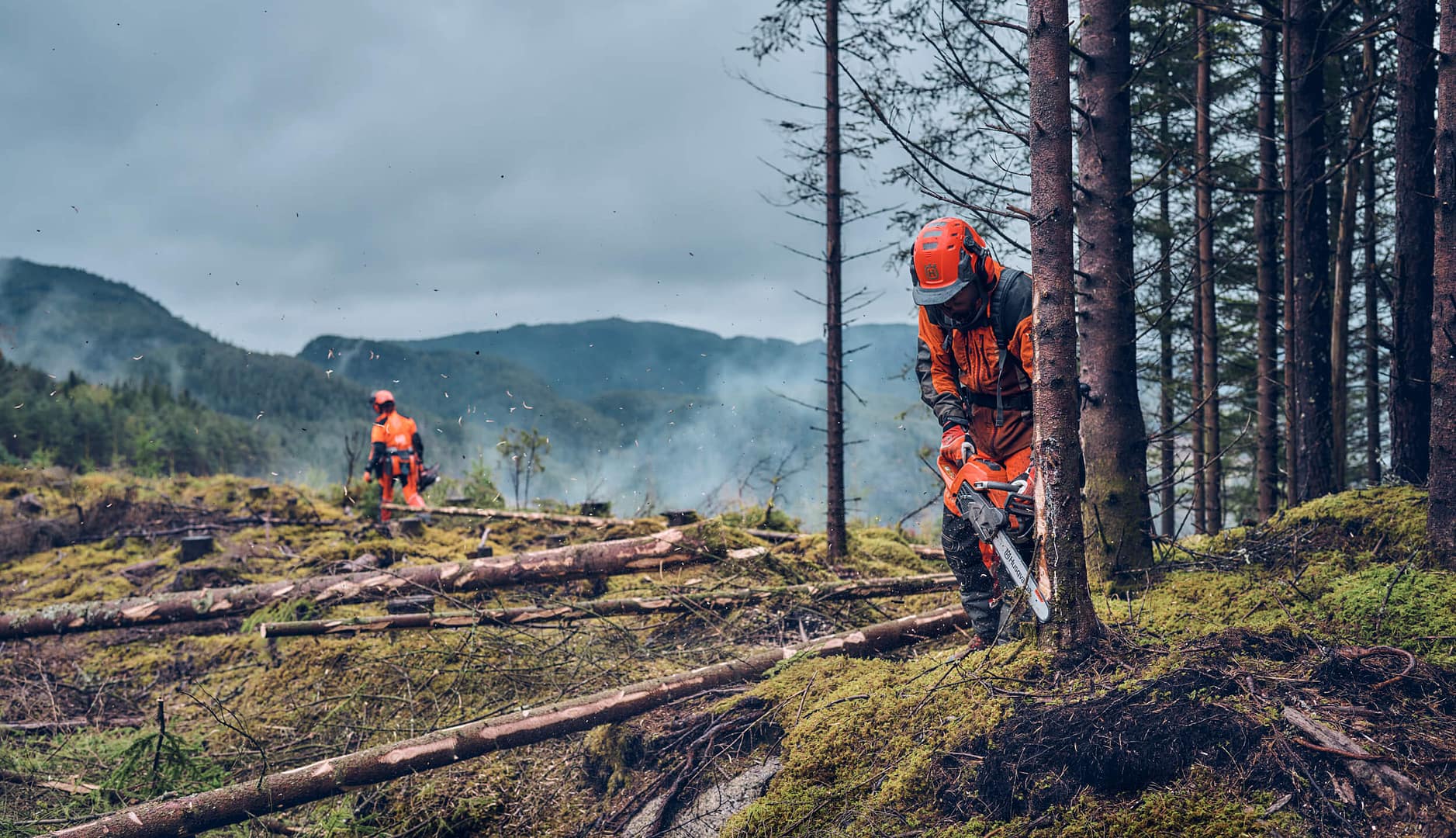
Designed for tree tops and plain grounds.
Powerful, intuitive and agile machines with excellent cutting capacity. Those chainsaws have been engineered to be easy to start and easy to manoeuvre whether you're climbing and working in tree top or clearing down on grounds.
The central component to the project was to provide equals performance and ergonomy for both usage even in the most demanding jobs so users can always rely on their products whether they´re felling or working in tight spaces – while the ergonomic design makes cutting and climbing easier and more comfortable.
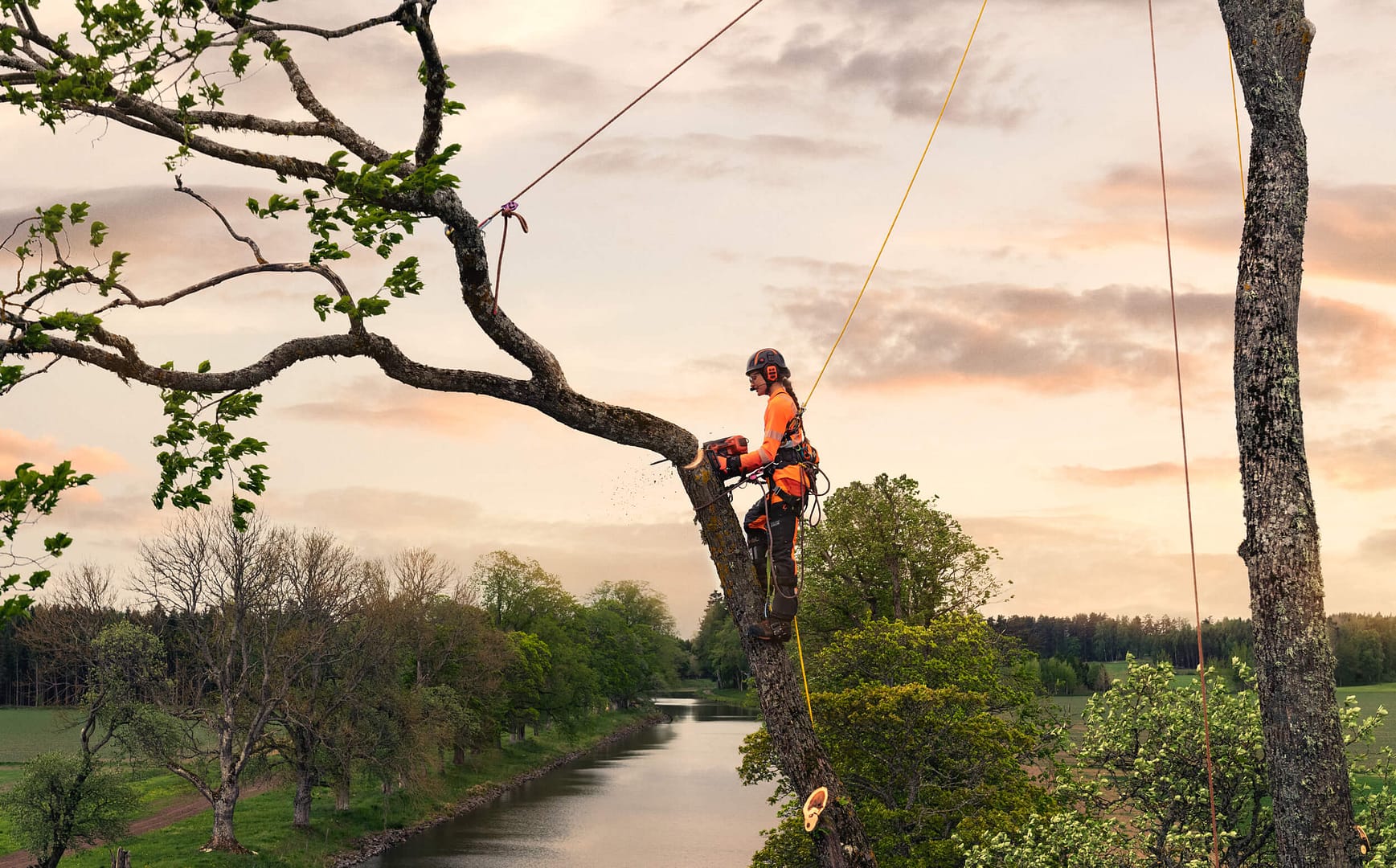
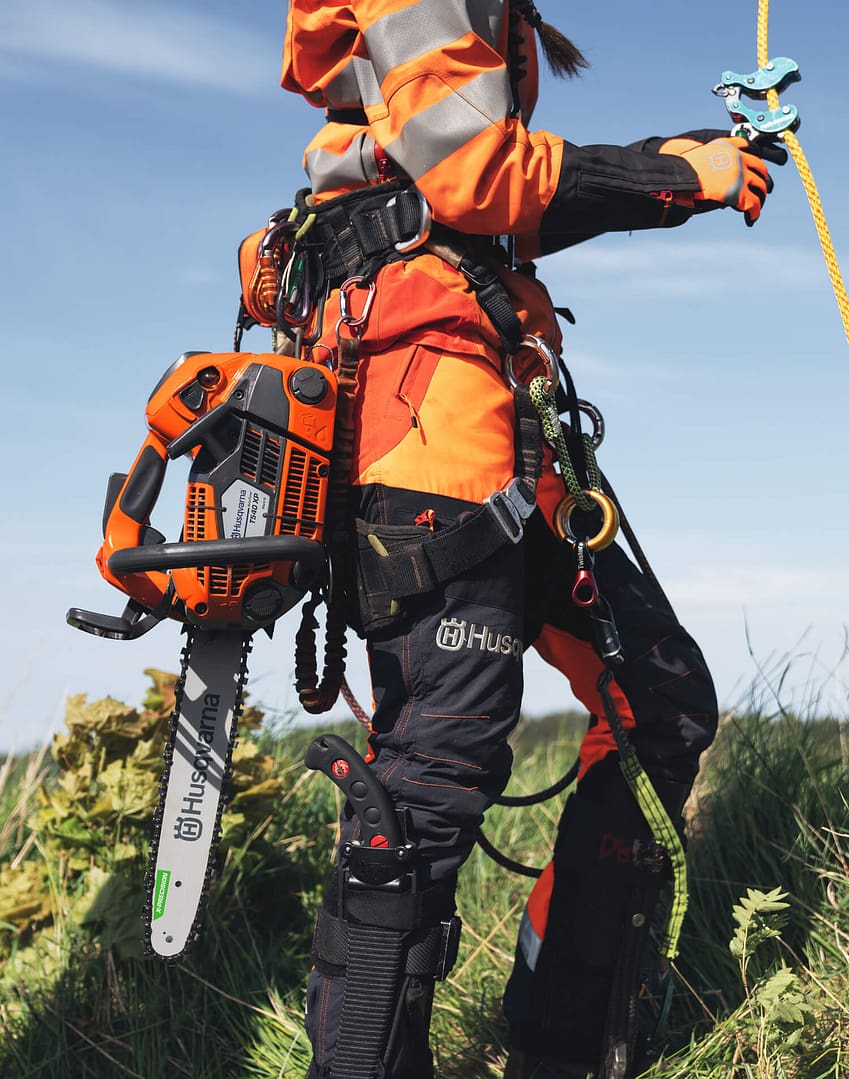
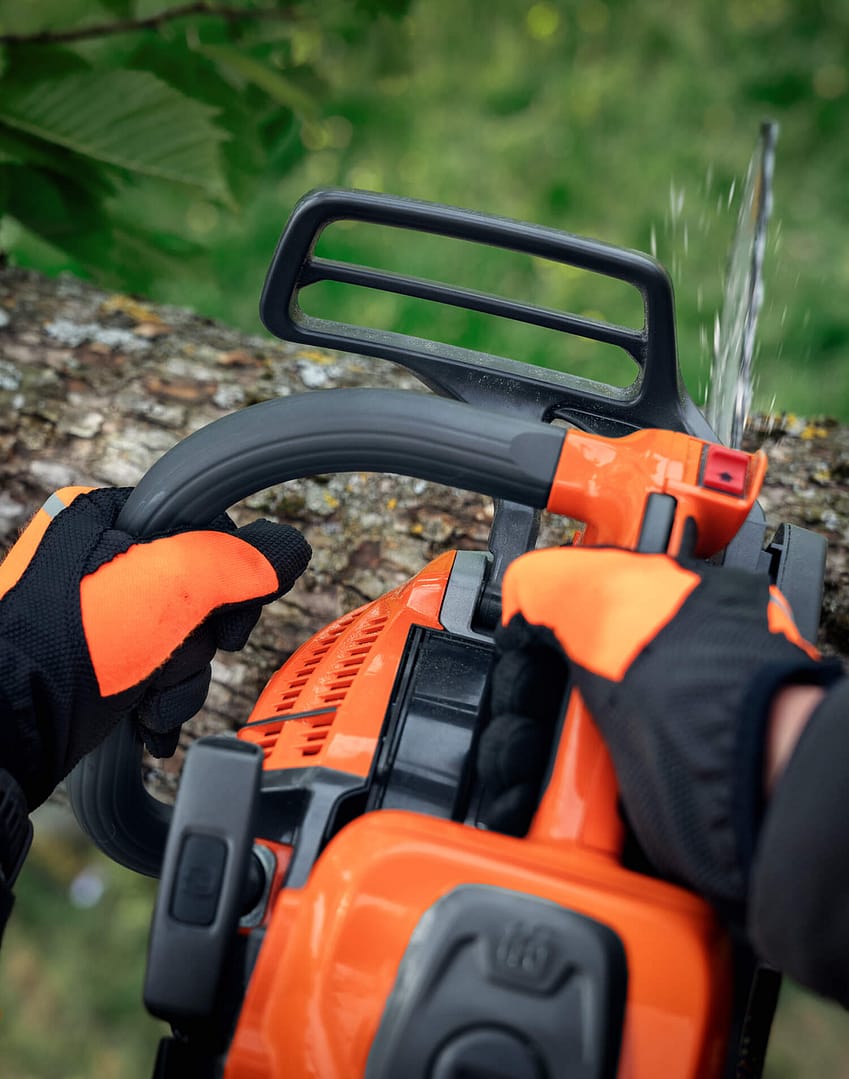
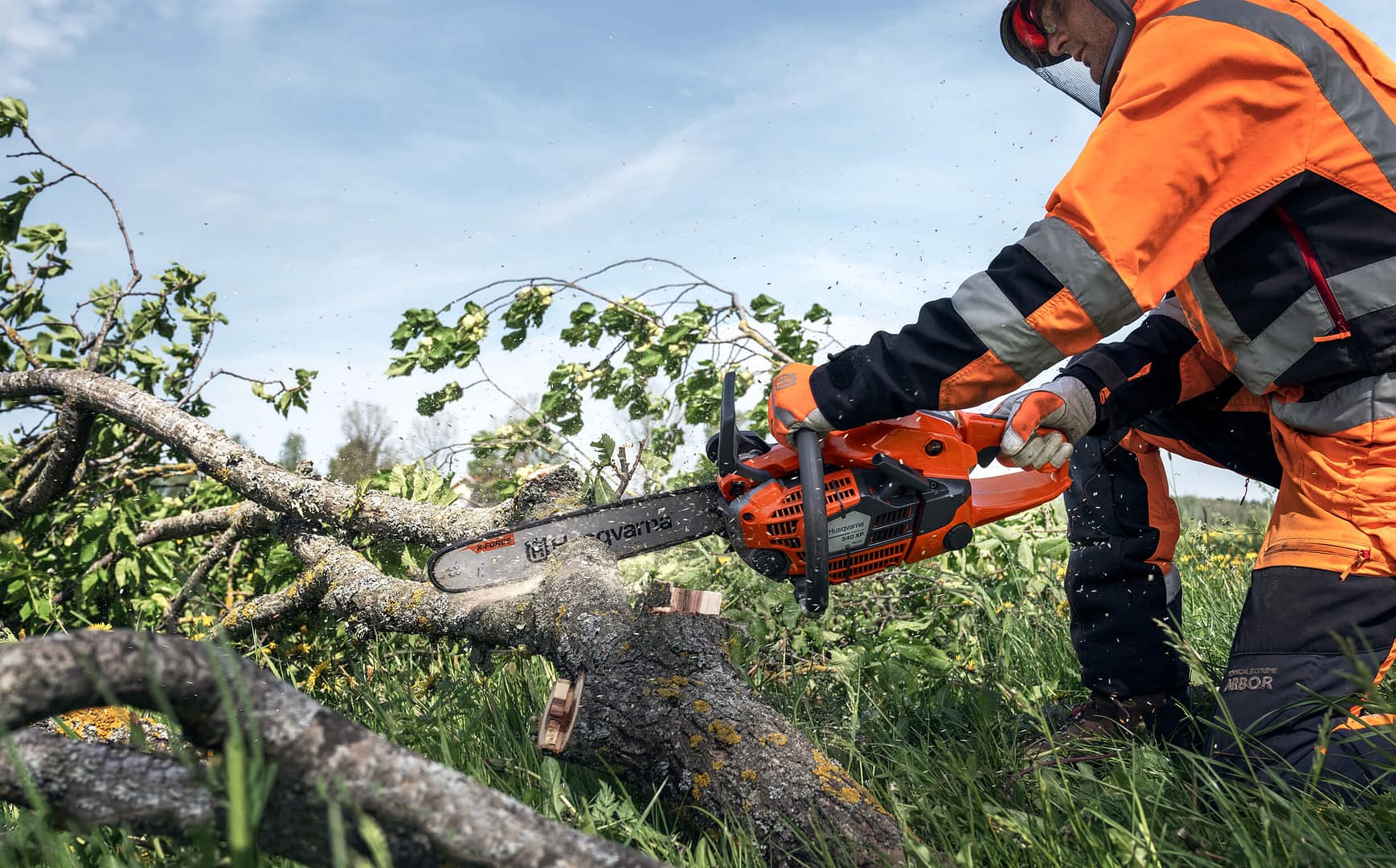
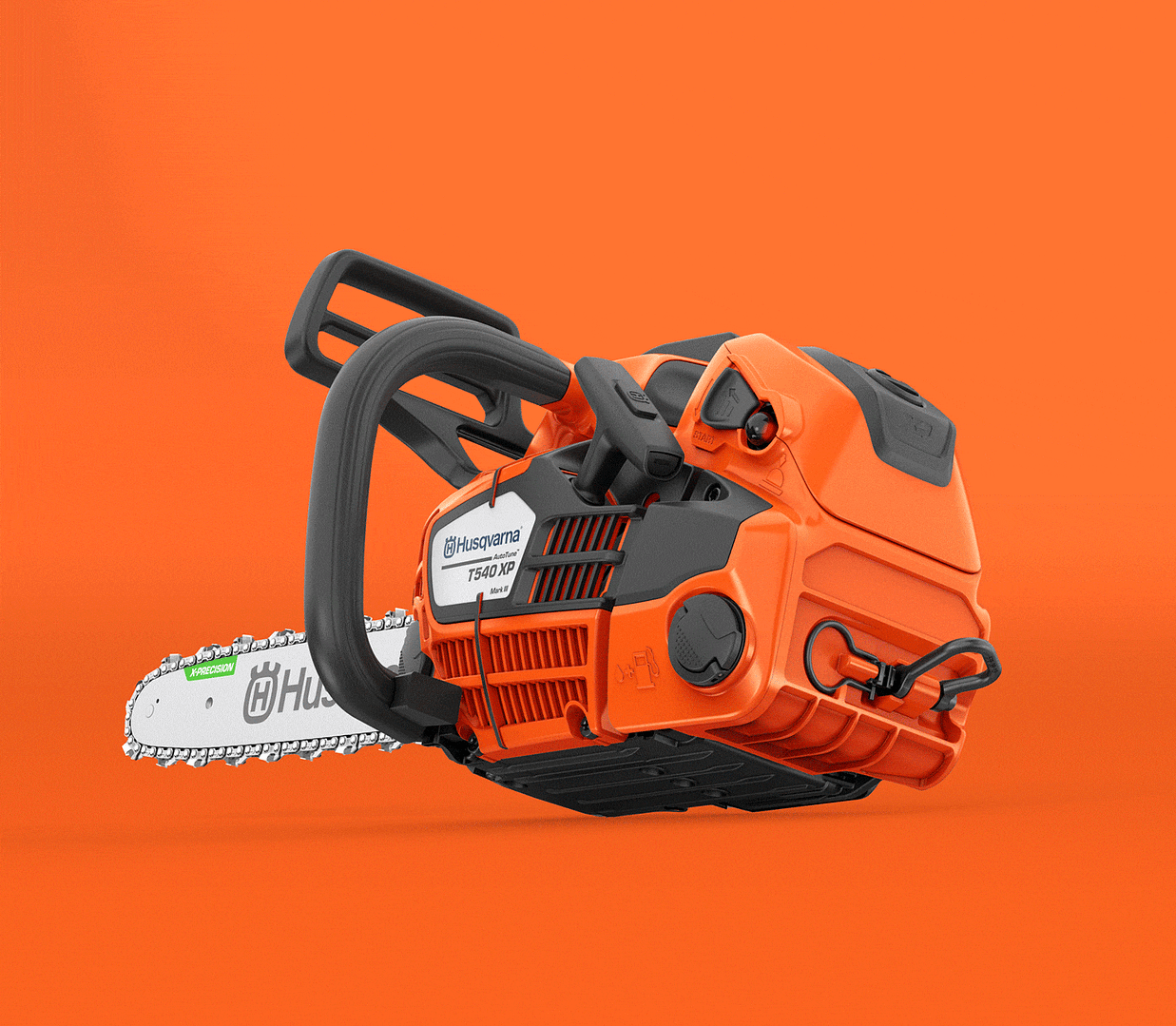
PREPARING THE FUTUR
The biggest challenge was to design petrol machines that would not disrupt the company strategy when the market will switch fully to electric saws. We wanted to develop aspiring tools and embark customers for the futur when the conversion will happen.
PROCESS
Devil is
in the detail.
Designing a new chainsaw is not an easy thing. Navigating between legislations, user's needs and technical limitations. To carry out the project we mainly fought on two fronts, our users expectation as well as our R&D requirements.
We followed our users and define their top priorities, we challenged our R&D to optimize the size and components. And we kept iterating while comparing our machine to both, internal and external competition.
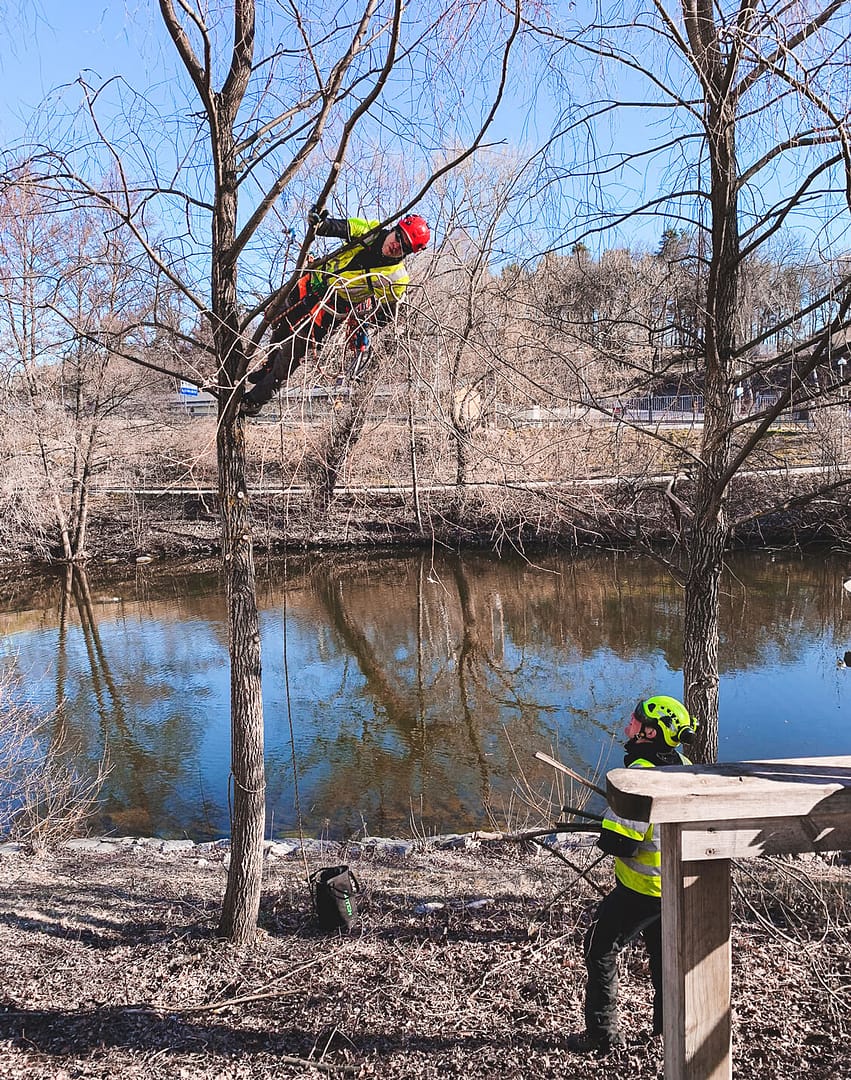
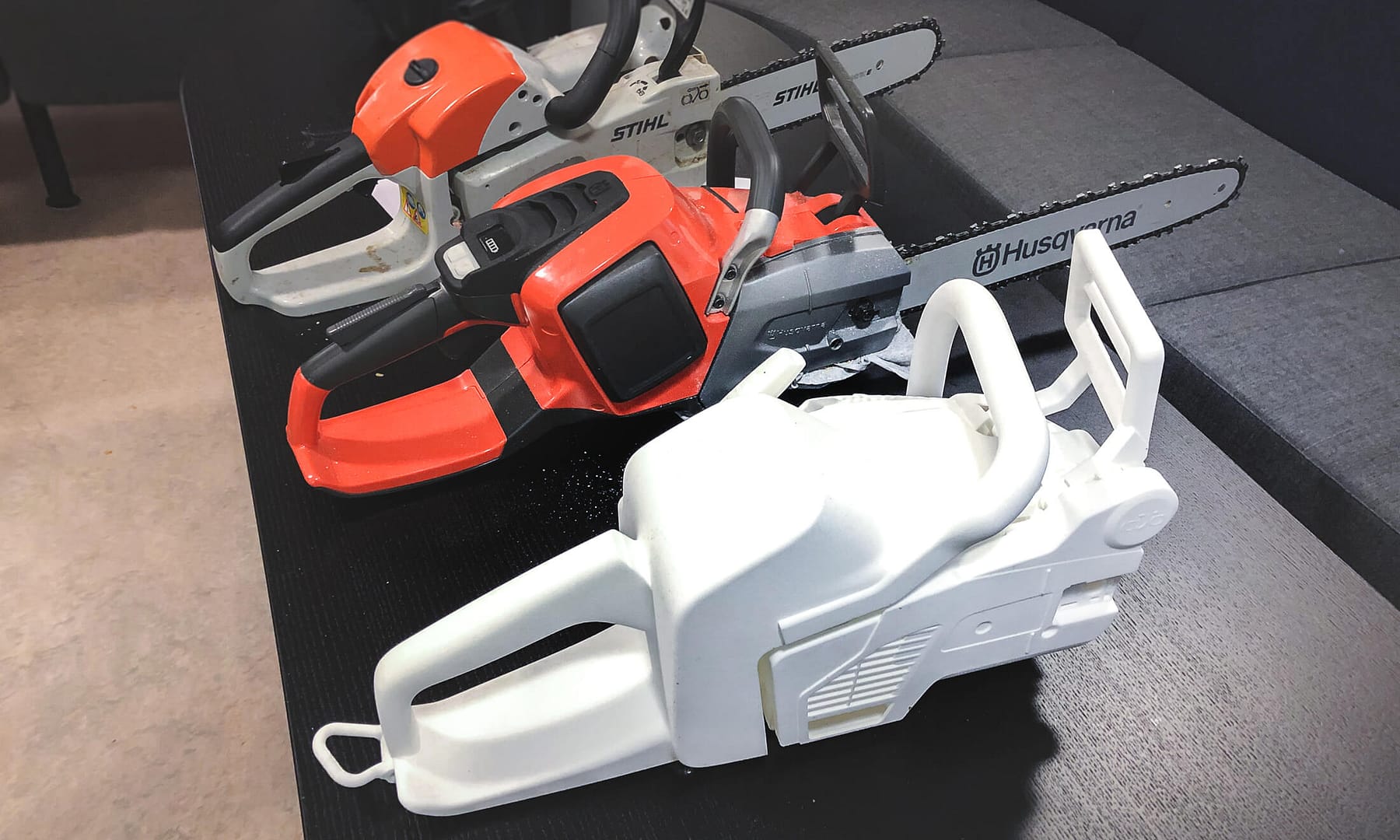
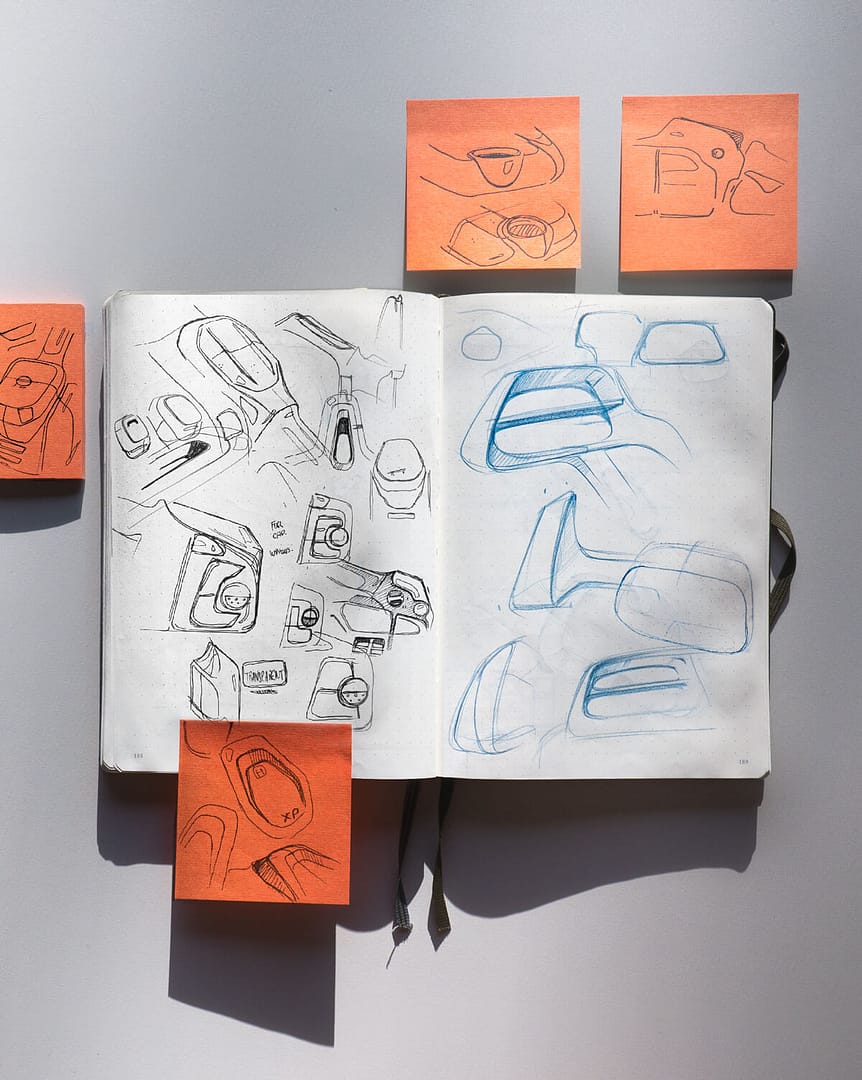
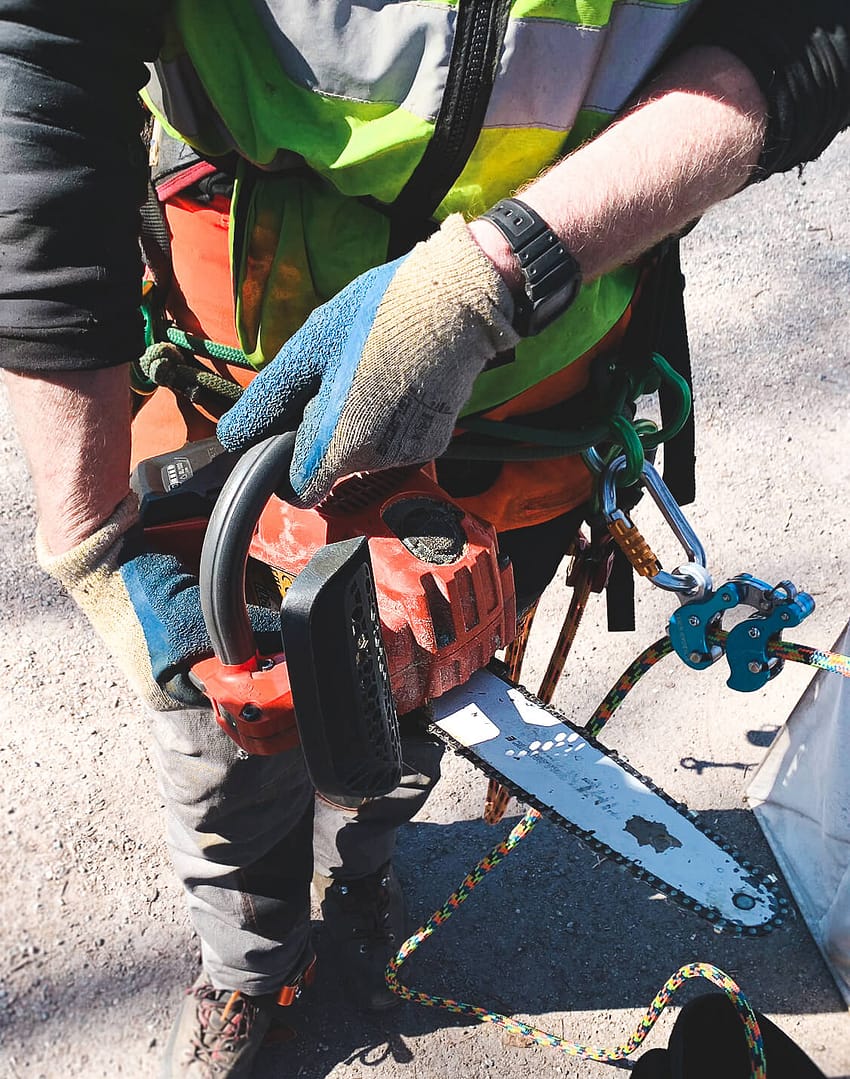
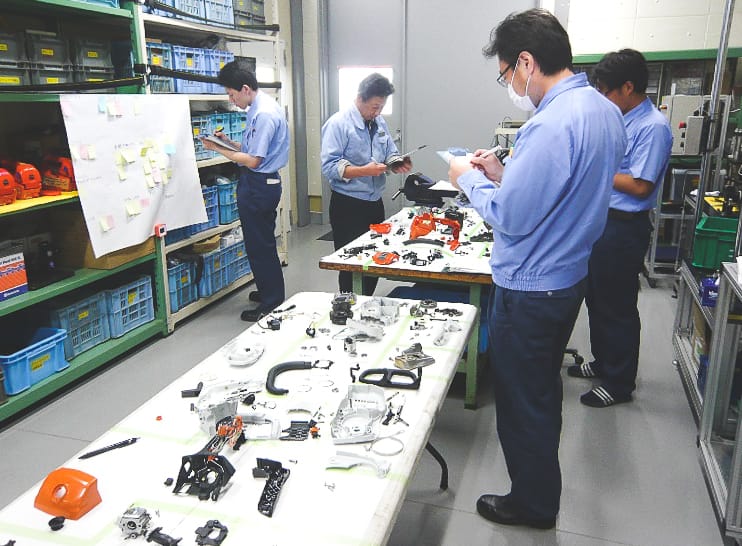
AUTOPSY OF A CHAINSAW
We challenged every inch of the machine to optimize overall size and weight. Our Japanese R&D did a fantastic job pushing the limits without loosing on performance.
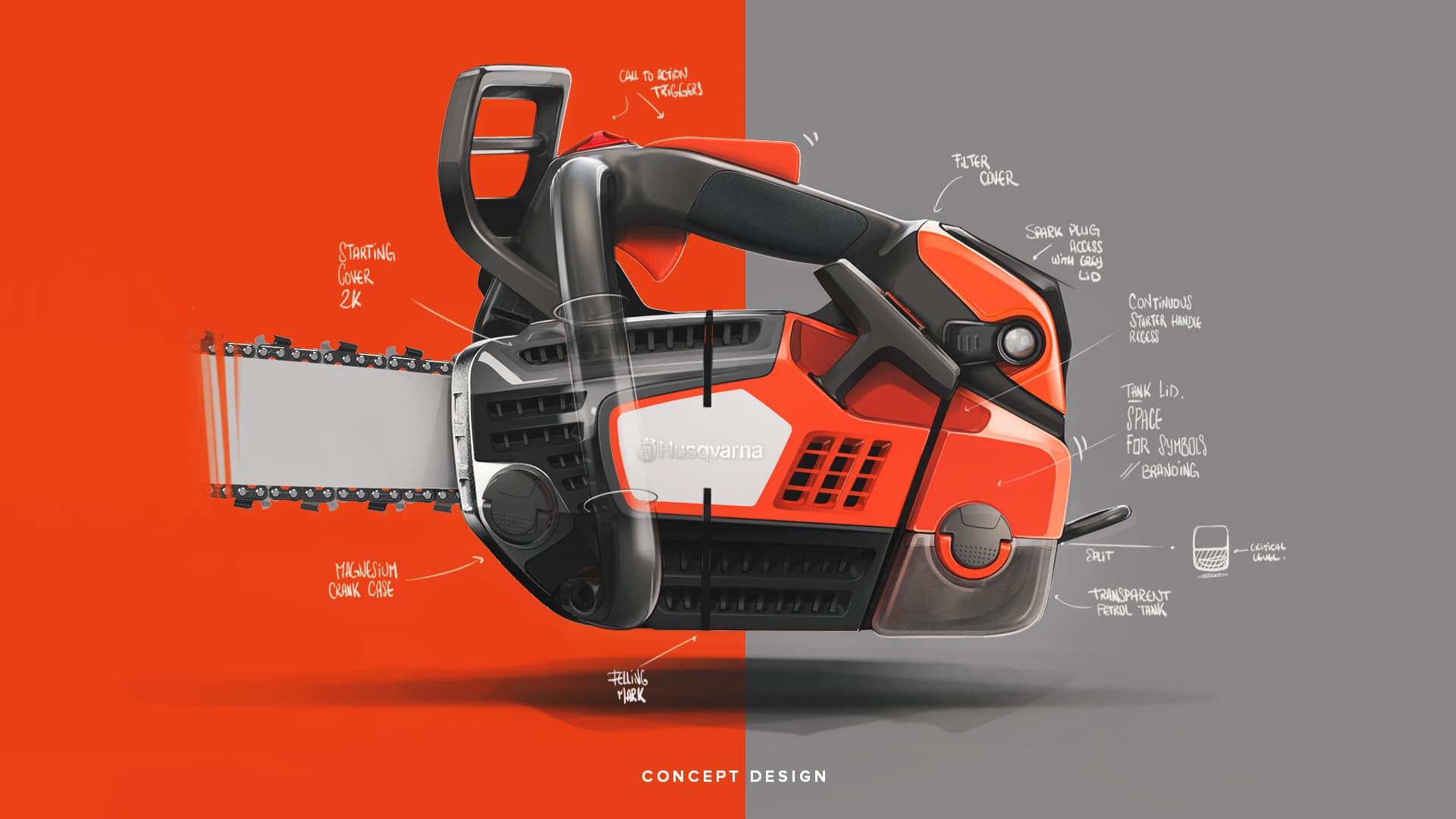
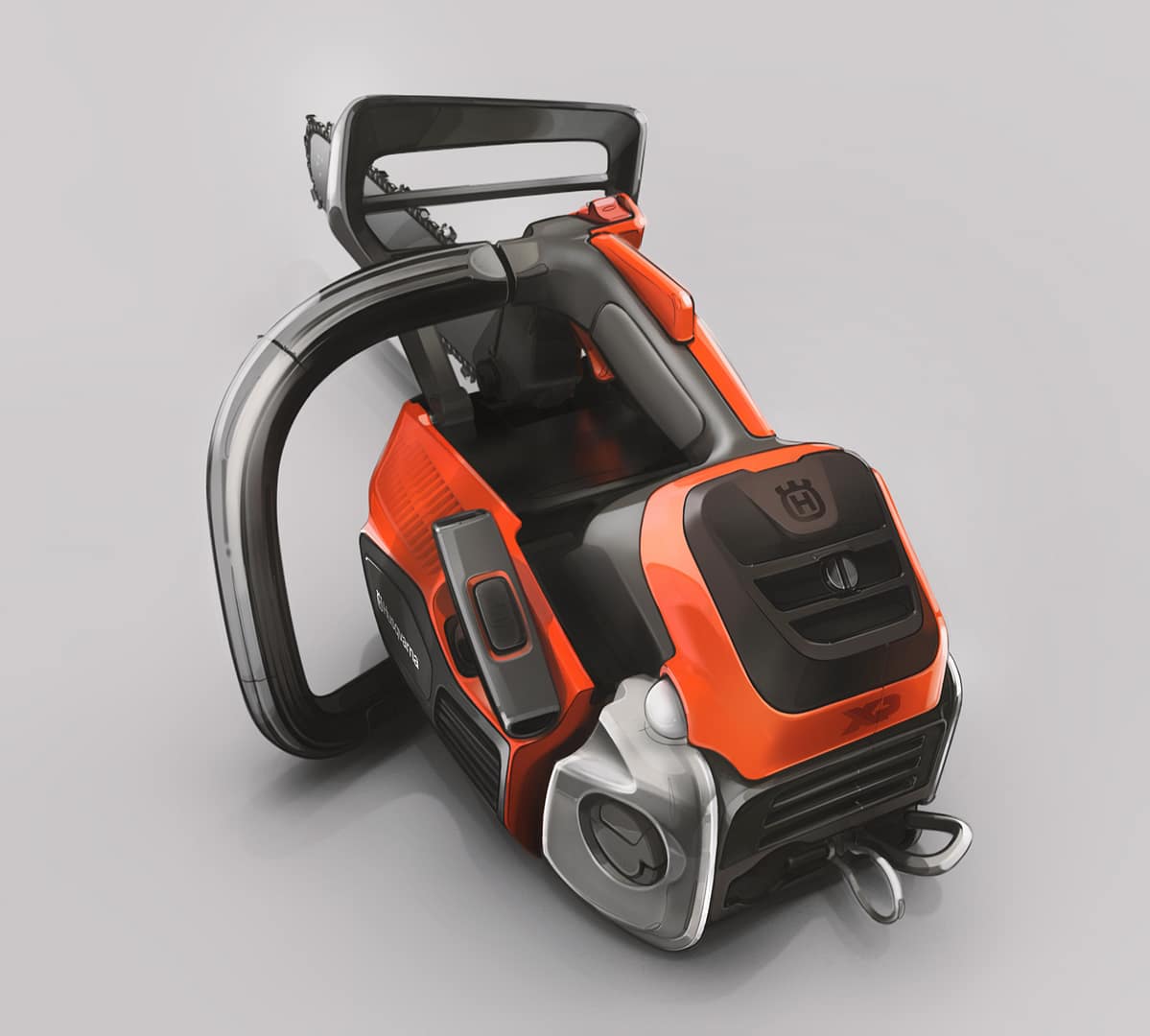
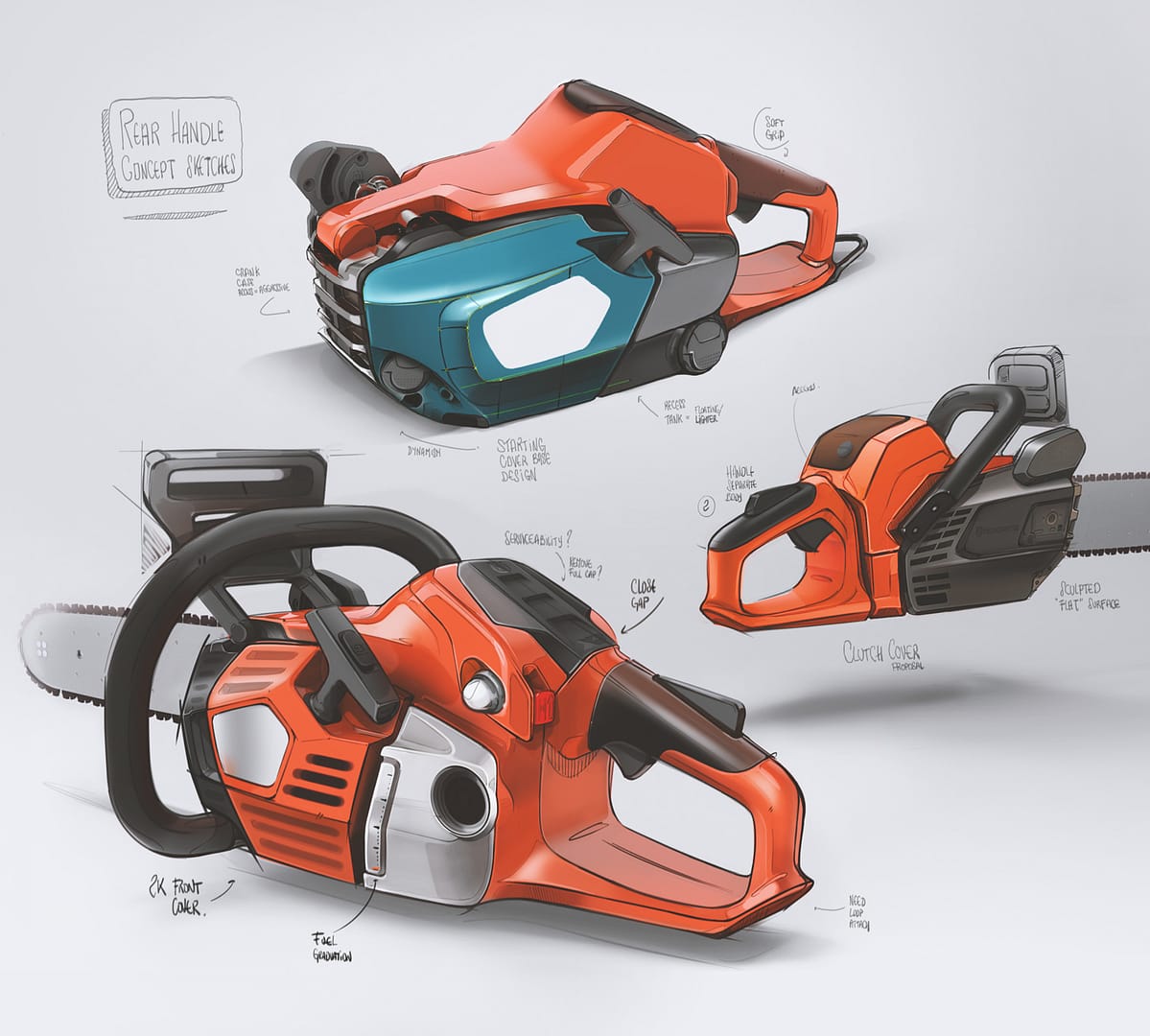
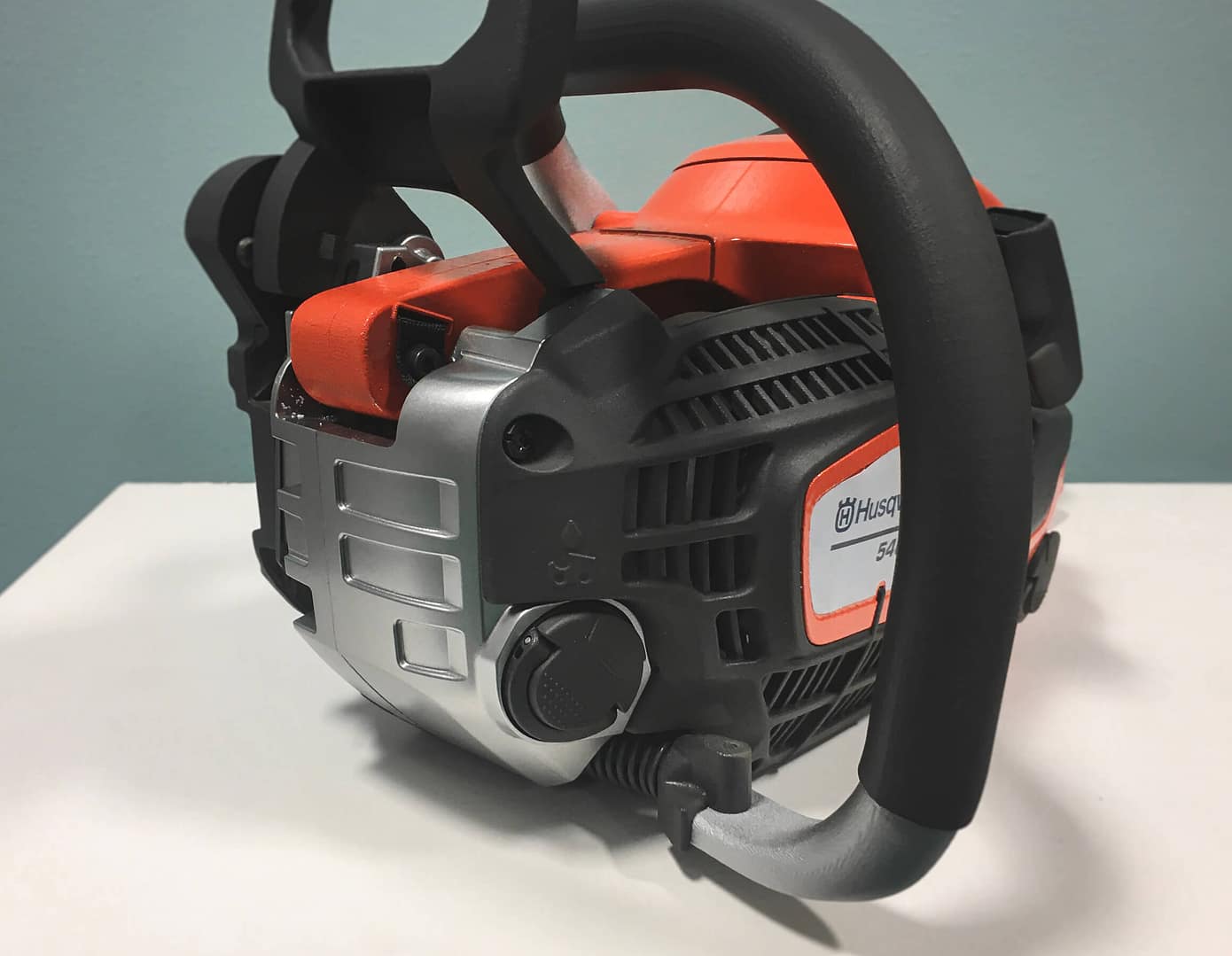
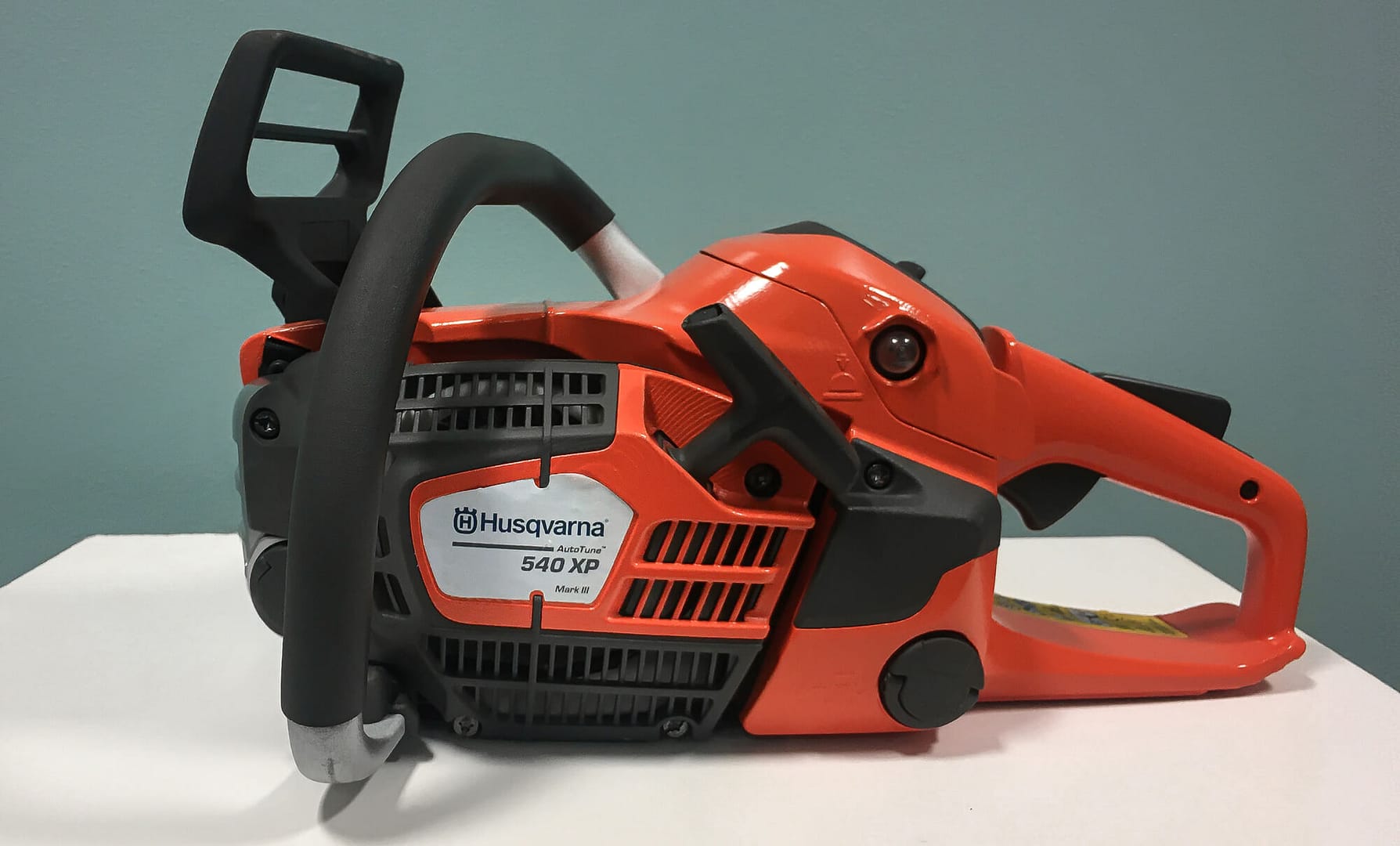
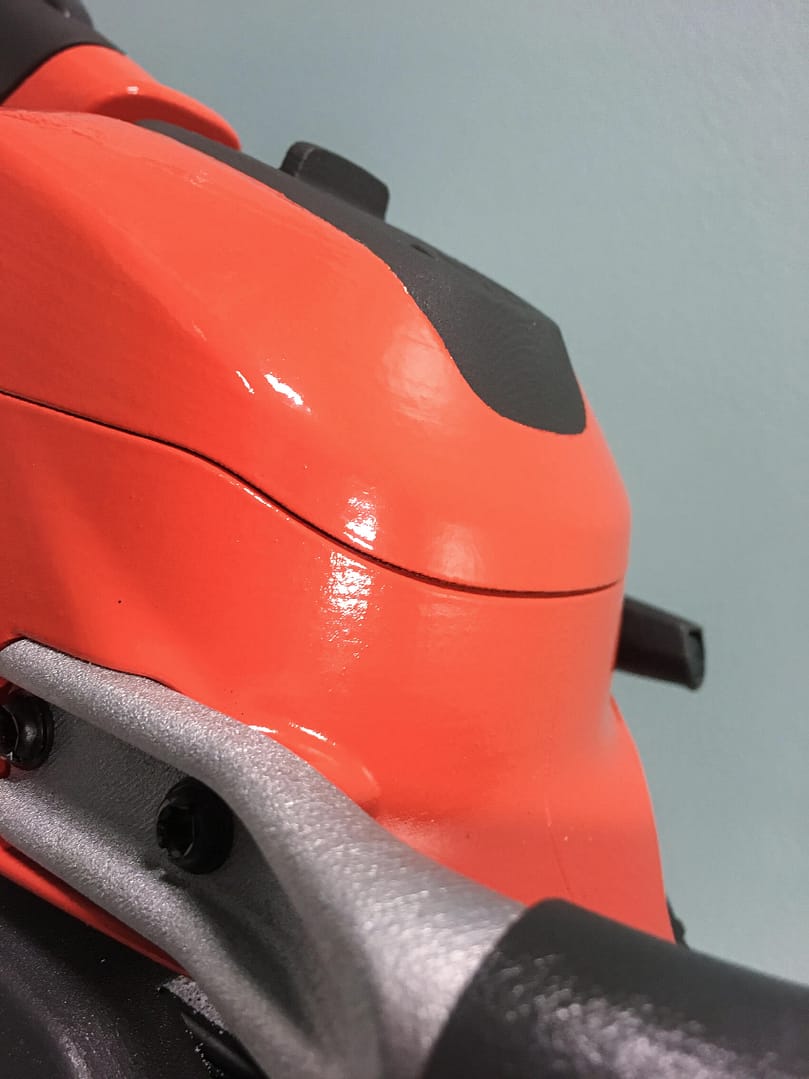
REAL LIFE CHECK UPS
Once we got green light from both our users & R&D we nailed the surface design. Since we were playing with details, we had to go through many rounds of models to be able to efficently compare design features.
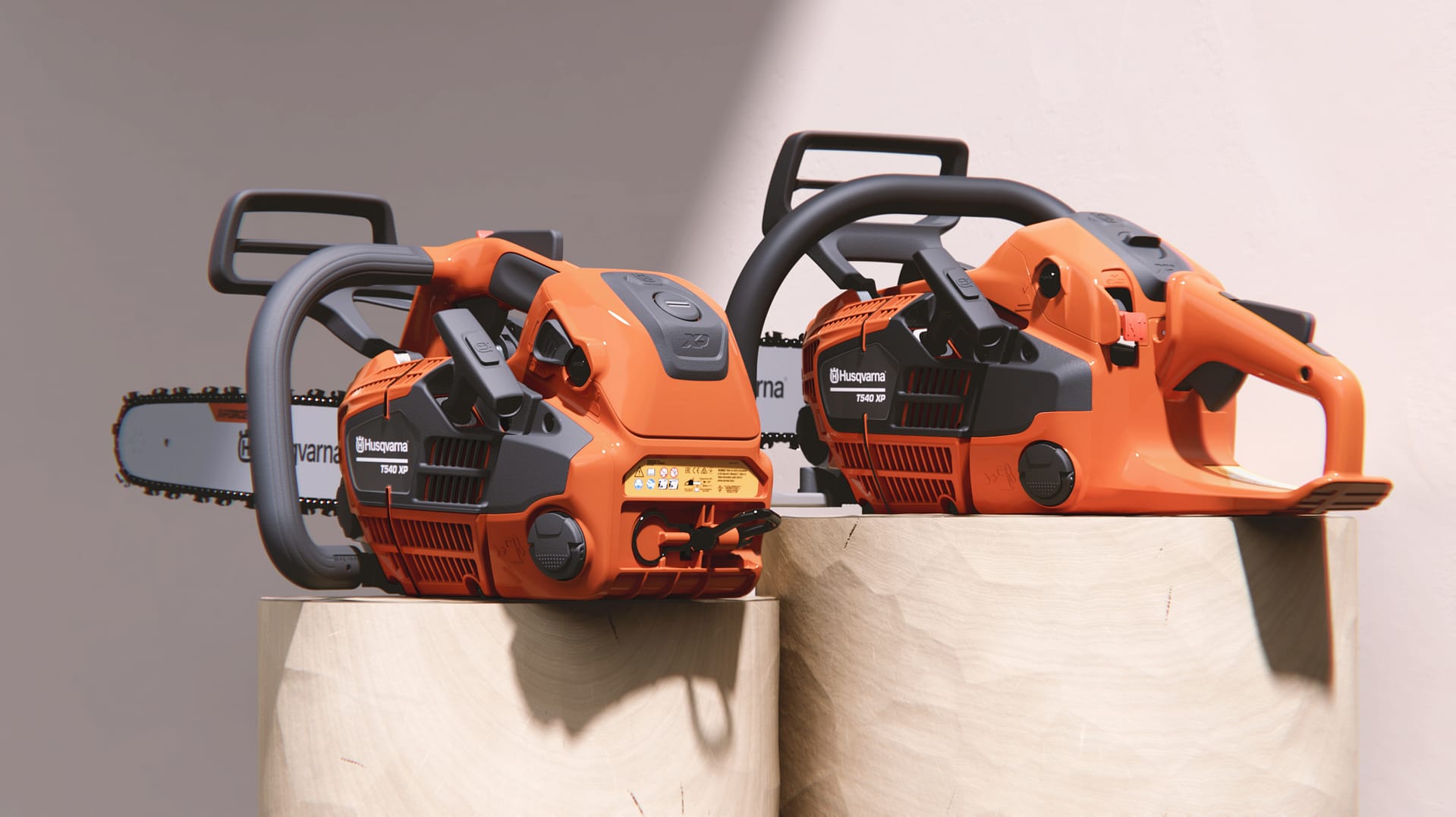
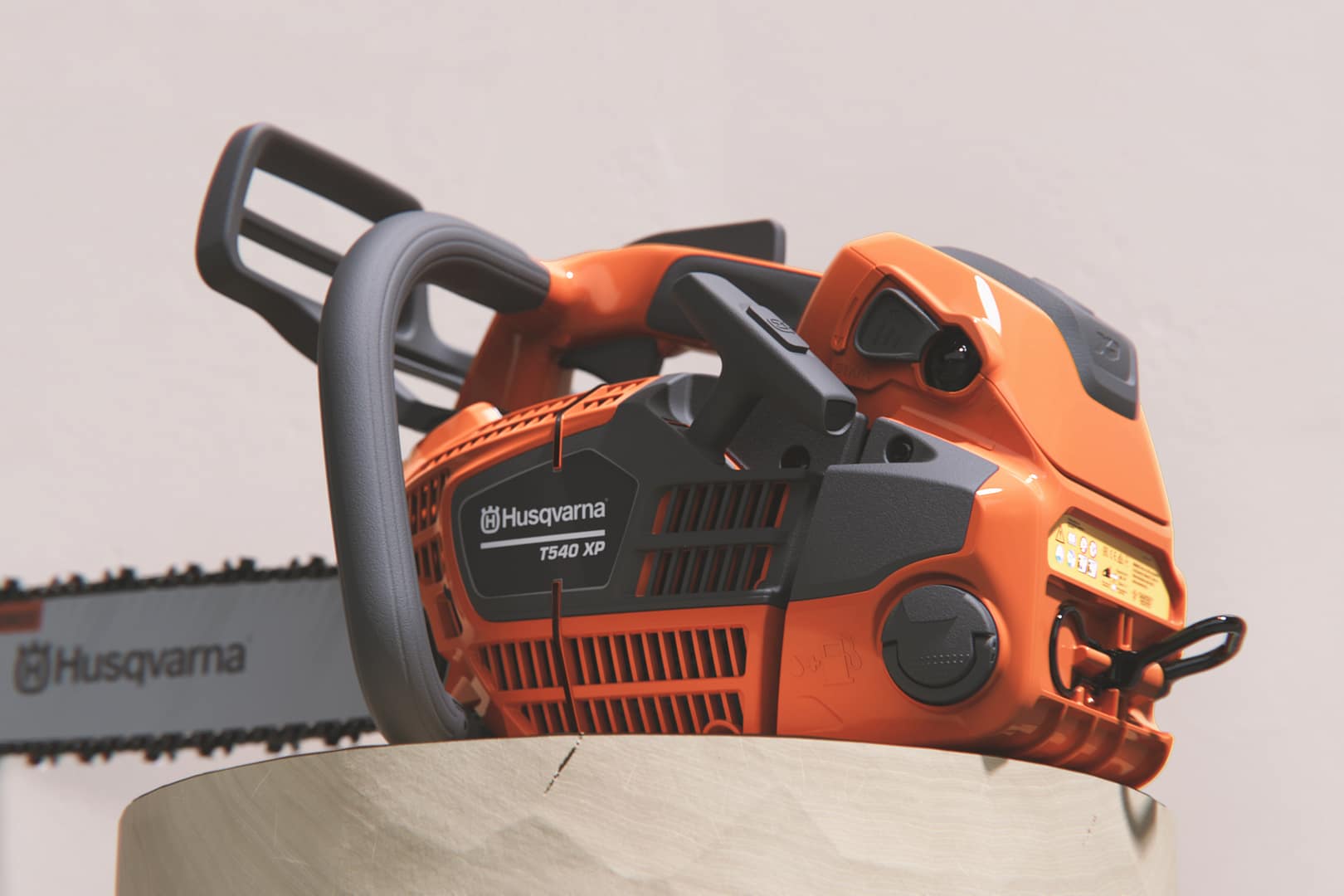
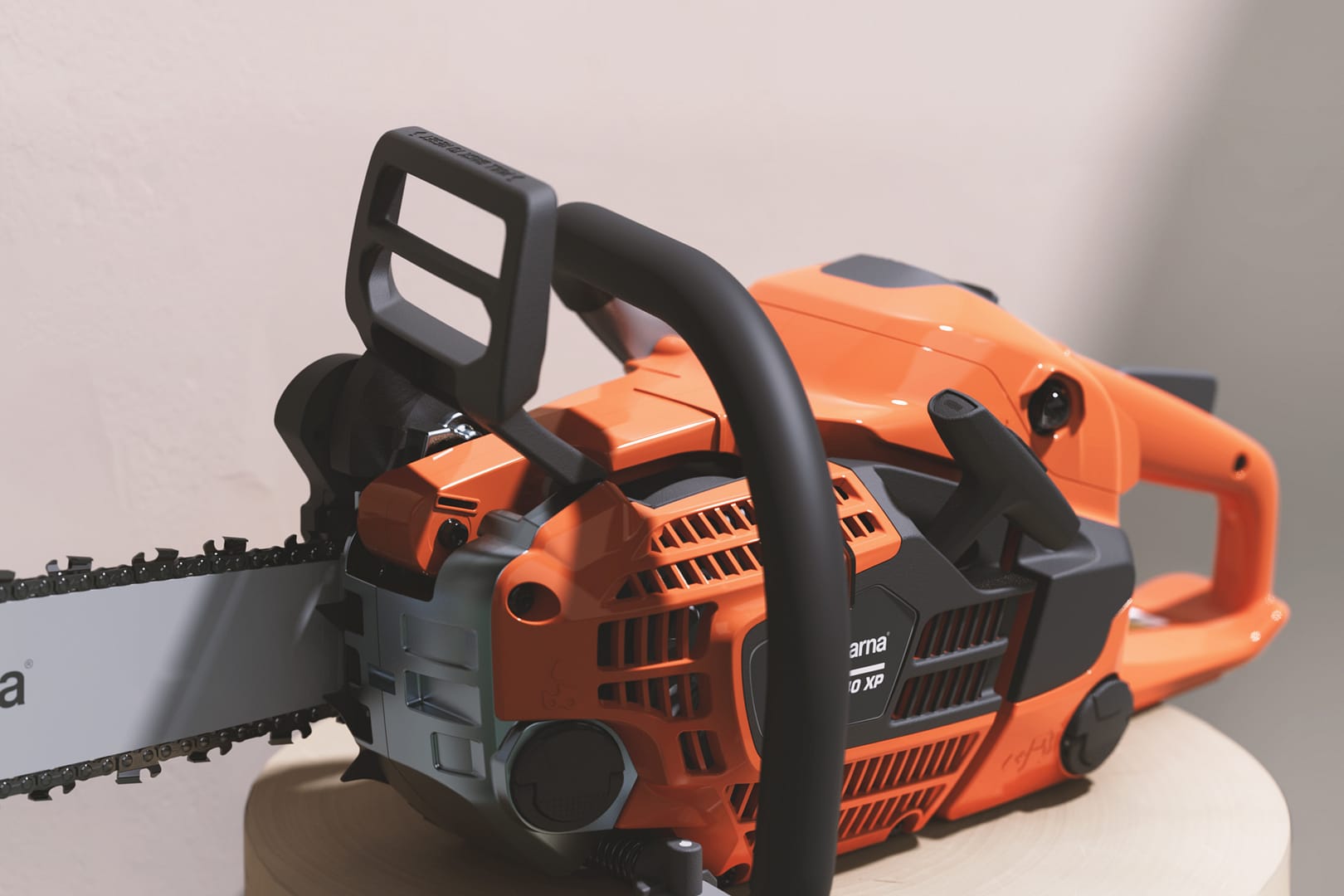
"It feels very agile and once the chainsaw is up and running I appreciate the speed and cutting performance. The longer your work with it the better it gets."
Eric Hermansson, Chainsaw instructor